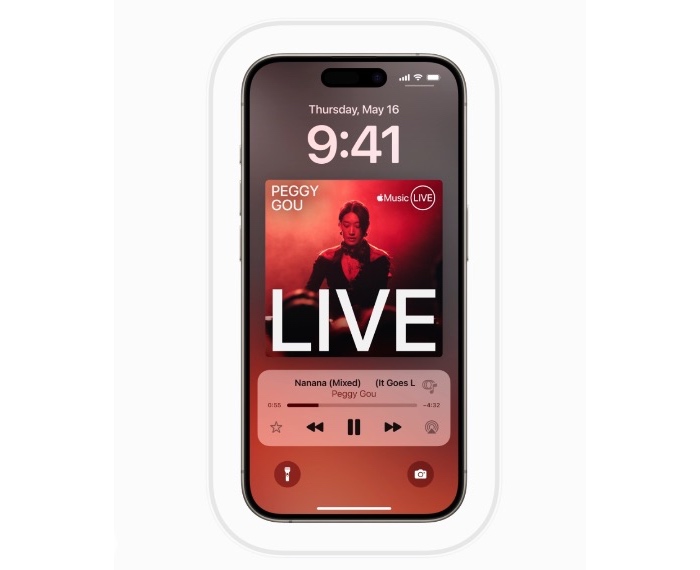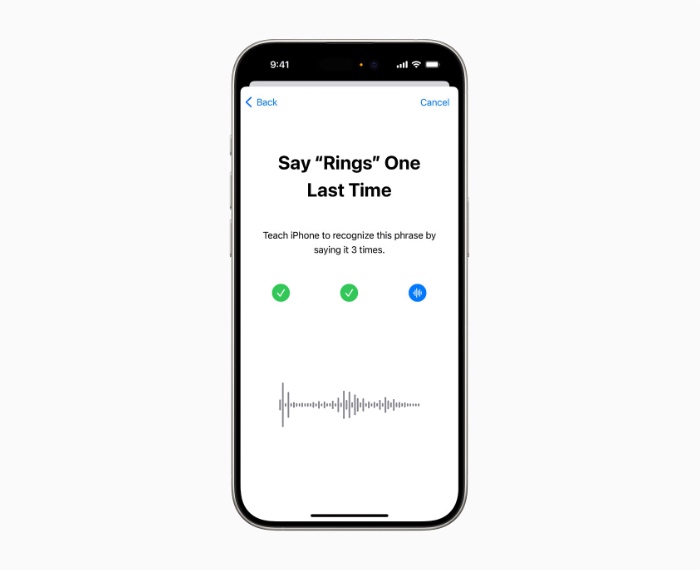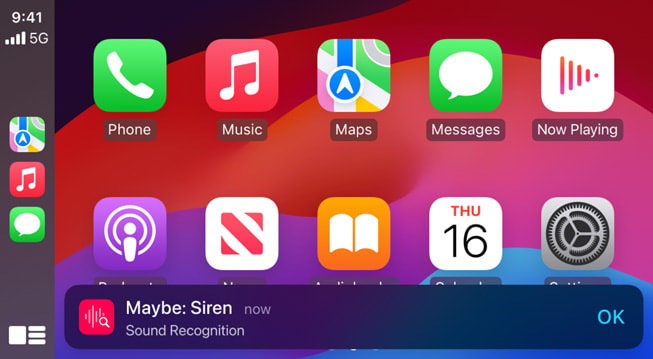In celebration of Global Accessibility Awareness Day, Apple has shared the wealth of new accessibility features that will debut later this year in iOS 18.
The new features include Eye Tracking, which will allow users with physical disabilities to control their iPad or iPhone with their eyes. Music Haptics will bring a new way for users who are deaf or hard of hearing to experience music using the Taptic Engine on their iPhones. Vocal Shortcuts will allow users to perform tasks by making a custom sound; Vehicle Motion Cues can help reduce motion sickness when using an iPhone or iPad in a moving vehicle.
Eye Tracking for iPad and iPhone
The new eye tracking feature will be powered by artificial intelligence and will provide a built-in option for users with physical disabilities to navigate an iPad and iPhone using just their eyes. The feature uses the front-facing camera to set up and calibrate in seconds, all data used to set up and control this feature is kept securely on device, and isn’t shared with Apple.
Eye Tracking works across iPadOS and iOS apps and doesn’t require additional hardware or accessories. Eye Tracking will allow users to navigate through an app, using Dwell Control to activate each element, accessing additional functions such as physical buttons, swipes, and other gestures solely with their eyes.
Music Haptics
Music Haptics will provide a new way for users who are deaf or hard of hearing to experience music on iPhone. When this accessibility feature is enabled, the Taptic Engine in the iPhone plays taps, textures, and refined vibrations to the audio of the music. Music Haptics will work across millions of songs in the Apple Music catalog at launch, and Apple will make it available as an API for developers.

Vocal Shortcuts
Vocal Shortcuts allows iPhone and iPad users to assign custom phrases that Siri can understand to launch shortcuts and complete complex tasks. Listen for Atypical Speech gives users an option for enhancing speech recognition for a wider range of speech. Listen for Atypical Speech uses on-device machine learning to recognize user speech patterns. The feature is designed for users with conditions that affect speech, building on features introduced in iOS 17 for users who are nonspeaking or at risk of losing their ability to speak.

Vehicle Motion Cues
Vehicle Motion Cues is a new experience for iPhone and iPad that can help reduce motion sickness for passengers in moving vehicles. Research shows that motion sickness is commonly caused by a sensory conflict between what a person sees and what they feel, which can prevent some users from comfortably using iPhone or iPad while riding in a moving vehicle. With Vehicle Motion Cues, animated dots on the edges of the screen represent changes in vehicle motion to help reduce sensory conflict without interfering with the main content. Using sensors built into iPhone and iPad, Vehicle Motion Cues recognizes when a user is in a moving vehicle and responds accordingly. The feature can be set to show automatically on iPhone, or can be turned on and off in Control Center.
CarPlay
CarPlay will add several accessibility features, including Voice Control, Color Filters, and Sound Recognition. Voice Control will allow users to navigate CarPlay and control apps with just their voice. Sound Recognition will allow drivers or passengers who are deaf or hard of hearing to enable alerts to be notified of car horns and sirens. Colorblind users can use Color Filters to make the CarPlay interface visually easier to use. Additional visual accessibility features include Bold Text and Large Text.

Additional Updates
Apple will also bring several other new updates.
From the Apple press release:
- For users who are blind or have low vision, VoiceOver will include new voices, a flexible Voice Rotor, custom volume control, and the ability to customize VoiceOver keyboard shortcuts on Mac.
- Magnifier will offer a new Reader Mode and the option to easily launch Detection Mode with the Action button.
- Braille users will get a new way to start and stay in Braille Screen Input for faster control and text editing; Japanese language availability for Braille Screen Input; support for multi-line braille with Dot Pad; and the option to choose different input and output tables.
- For users with low vision, Hover Typing shows larger text when typing in a text field, and in a user’s preferred font and color.
- For users at risk of losing their ability to speak, Personal Voice will be available in Mandarin Chinese. Users who have difficulty pronouncing or reading full sentences will be able to create a Personal Voice using shortened phrases.
- For users who are nonspeaking, Live Speech will include categories and simultaneous compatibility with Live Captions.
- For users with physical disabilities, Virtual Trackpad for AssistiveTouch allows users to control their device using a small region of the screen as a resizable trackpad.
- Switch Control will include the option to use the cameras in iPhone and iPad to recognize finger-tap gestures as switches.
- Voice Control will offer support for custom vocabularies and complex words.


